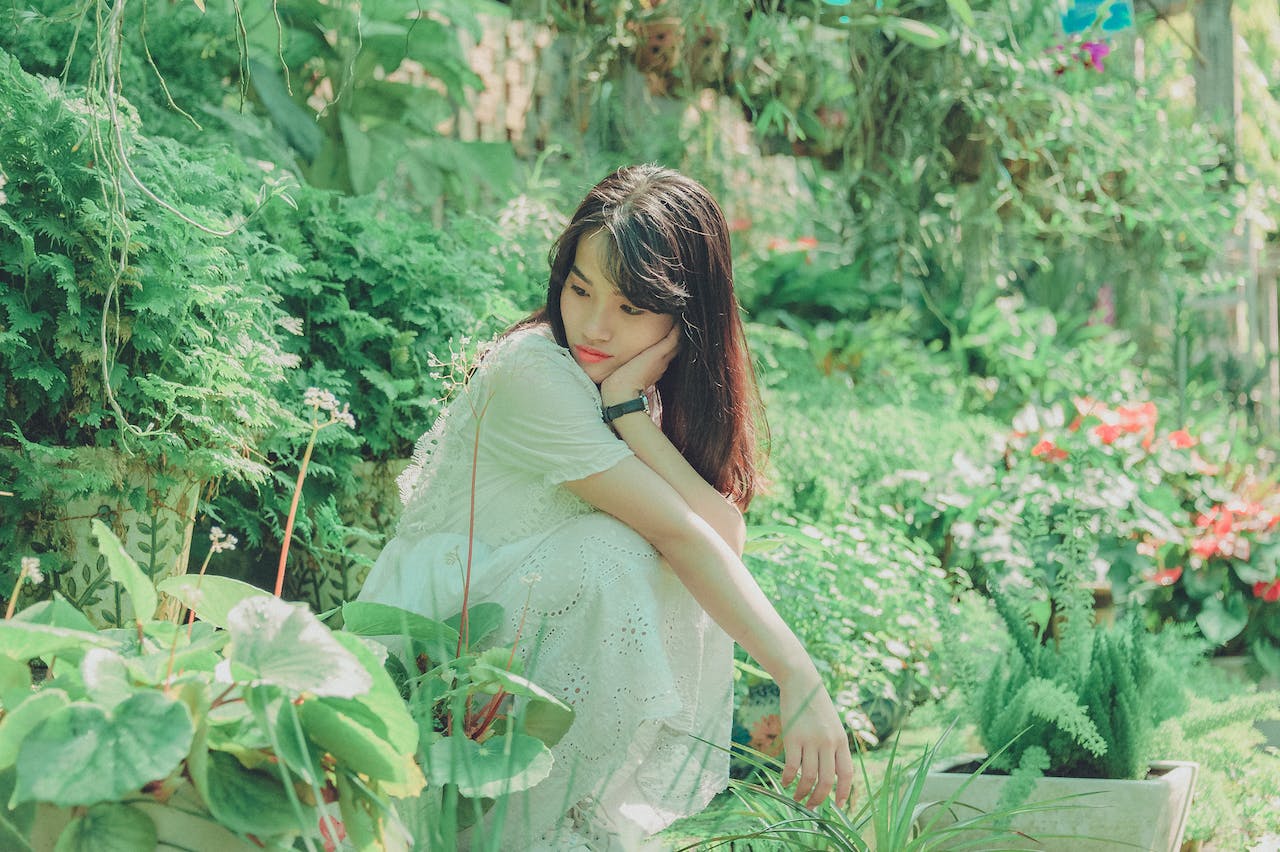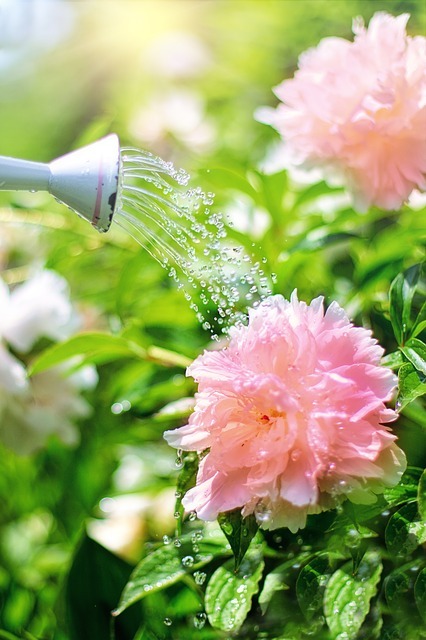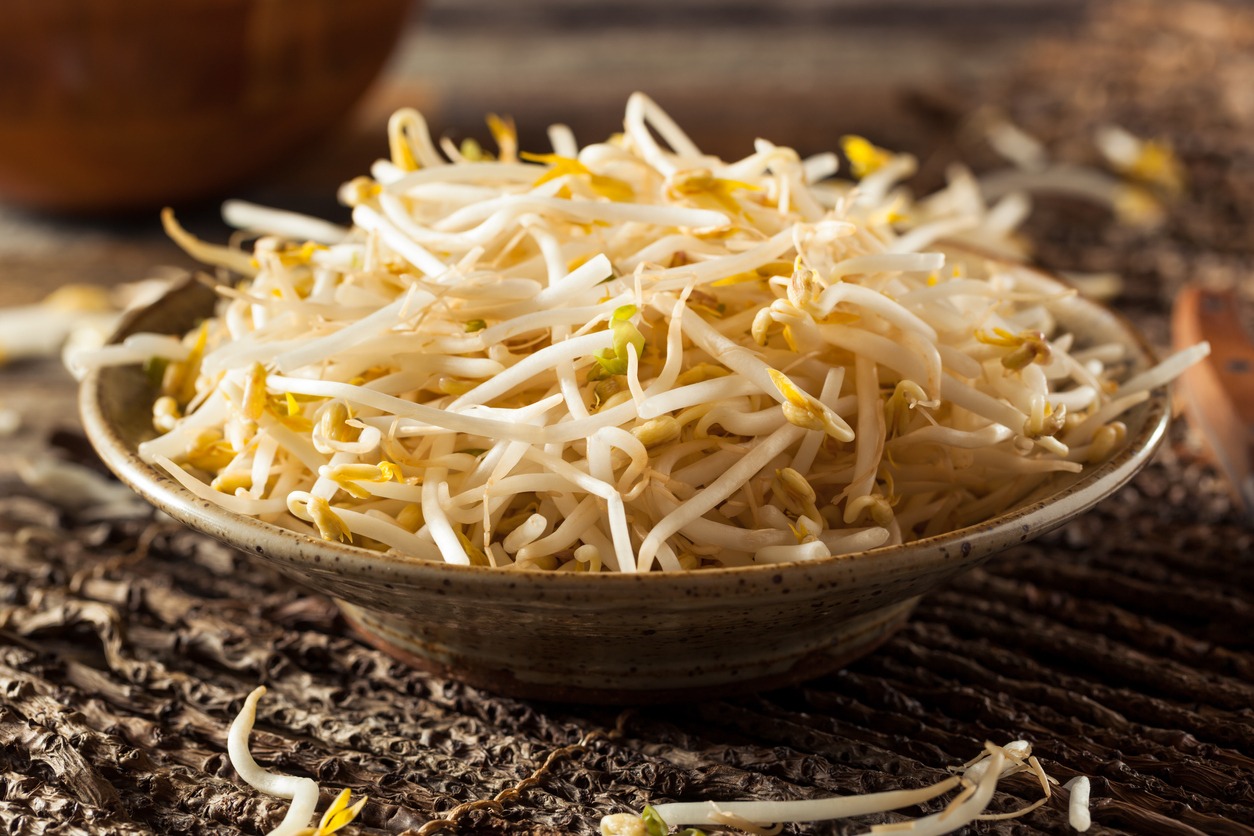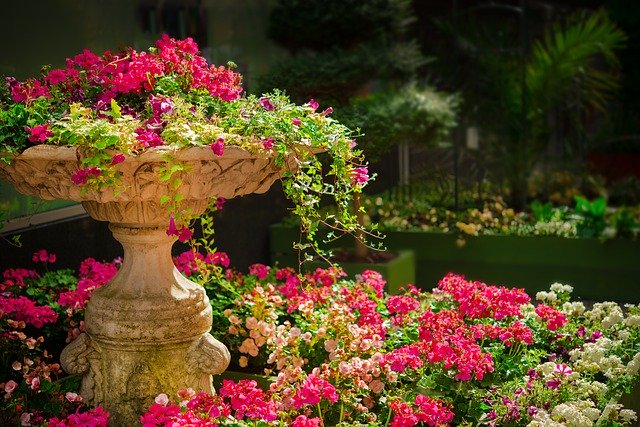Garden Planning: Should You Stick to One Layout or Change Over Time?
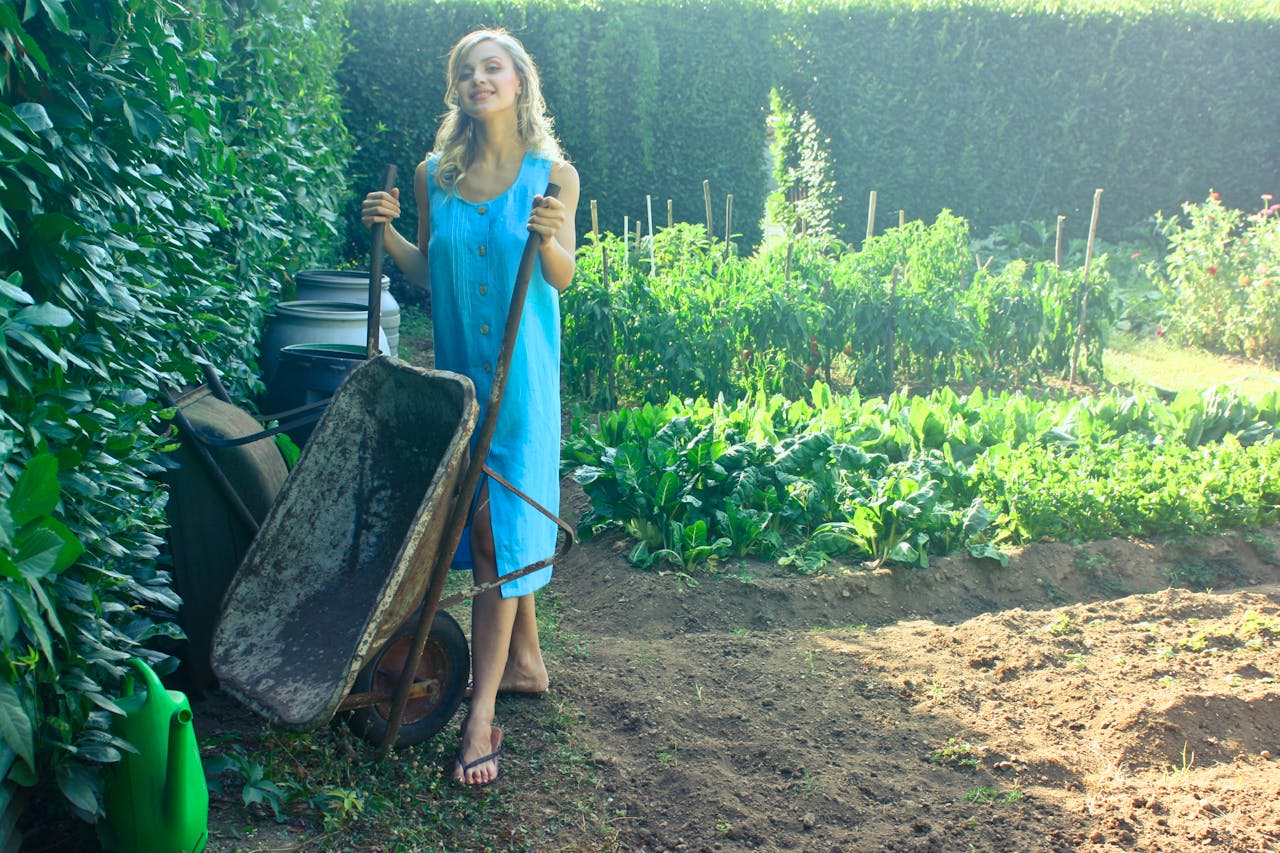
Planning a garden is one of the most fulfilling parts of gardening. You’re essentially creating your own little patch of the world where plants, flowers, and even vegetables thrive under your care. But when you’re designing your garden, a big question arises: should you settle on a fixed layout, or should your garden evolve and change over time?
The good news is you don’t need to choose one approach over the other. There’s room for both stability and flexibility, and when they work together, the results can be stunning. Let’s explore the benefits of both approaches, how you can balance them, and why a thoughtful mix might be the secret to a thriving, ever-inspiring garden.
The Beauty of a Fixed Layout
Think of a garden with neat pathways, consistent planting beds, and focal points that stay in place year after year. A fixed layout brings a sense of order and calm. It’s like walking into a space that knows exactly what it wants to be—and that’s incredibly satisfying for both the gardener and visitors.
1. Why Visual Harmony Matters
A fixed layout creates a sense of balance that’s hard to achieve with constant changes. For example, imagine a path that winds predictably through flowerbeds, leading to a bench under a tree. This kind of design invites you to linger, relax, and enjoy the view. It doesn’t just look good; it feels good. That consistency is part of the magic of a fixed layout—it feels intentional.
2. Simplified Planning Saves Time
One of the biggest advantages of a fixed layout is the simplicity it brings to garden planning. You know where everything goes: the flowerbeds are here, the vegetable patch is over there, and the compost bin is tucked neatly into its corner. This familiarity helps you focus on other aspects of gardening, like experimenting with plant varieties or improving soil health, without worrying about where to put things every season.
3. Long-Term Growth Is Easier
When your garden has a set structure, you can invest in long-term elements like trees, shrubs, or even hardscaping features like arches or trellises. These additions take time to mature, and having a consistent layout ensures they grow into the space beautifully. A fixed layout also allows you to create "memory spots"—areas that stay the same over the years, becoming part of your garden’s story.
Example in Action: A vegetable garden with raised beds in fixed positions is a classic example of this approach. Each bed can be dedicated to a specific crop, and rotating them annually ensures the soil stays healthy without needing a complete redesign.
The Freedom of an Evolving Garden
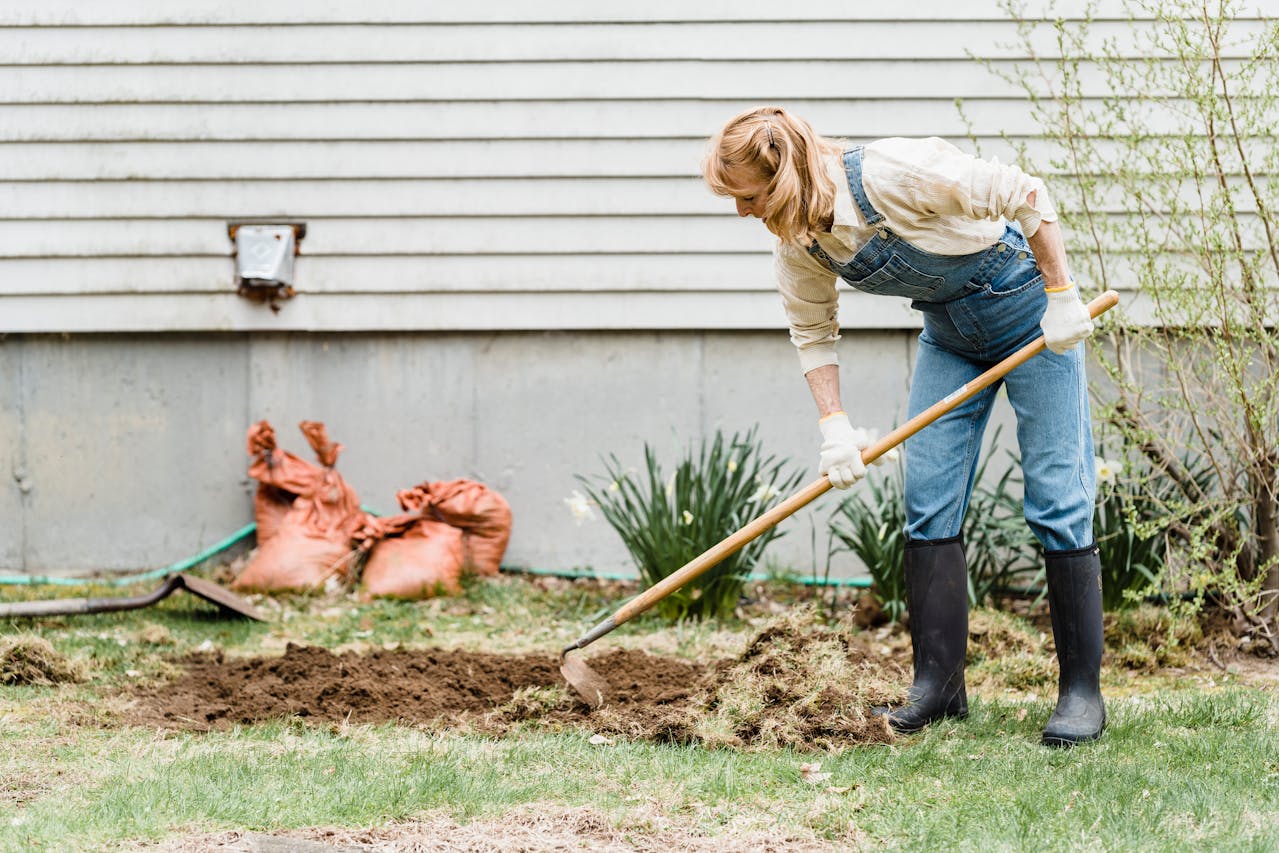
On the other hand, not all gardeners want their space to stay the same. Sometimes, you outgrow a particular design, or your interests change, and you want your garden to reflect that. Embracing an evolving garden allows you to explore new ideas and keep your space dynamic.
1. Flexibility Opens Doors
An evolving layout lets you adapt your garden to your changing needs. If you suddenly fall in love with succulents, you can create a new rock garden area without feeling tied to an old design. Or, if you discover that a particular spot in your yard gets more sunlight than you realized, you can shift things around to make the most of it.
2. A Playground for Creativity
Gardens that change over time are perfect for experimentation. Want to try mixing vibrant annuals with perennial borders? Go for it. Curious about planting a pollinator-friendly wildflower patch? Test it out. The evolving approach allows you to play with new ideas, adding variety and excitement to your space.
3. Keeps the Garden Fresh
There’s no denying that gardens can start to feel stale if nothing changes. By rethinking sections of your layout, introducing new plants, or even rearranging furniture, you keep your garden feeling alive and engaging. This approach also helps when trends shift—maybe you want to embrace edible landscaping or introduce sustainable features like a rain garden. With an evolving layout, the possibilities are endless.
A Tip for Beginners: Start small with changes. For instance, try replanting just one section of your garden each season. This makes the process manageable and helps you see what works before committing to bigger changes.
Finding Balance Between Stability and Change
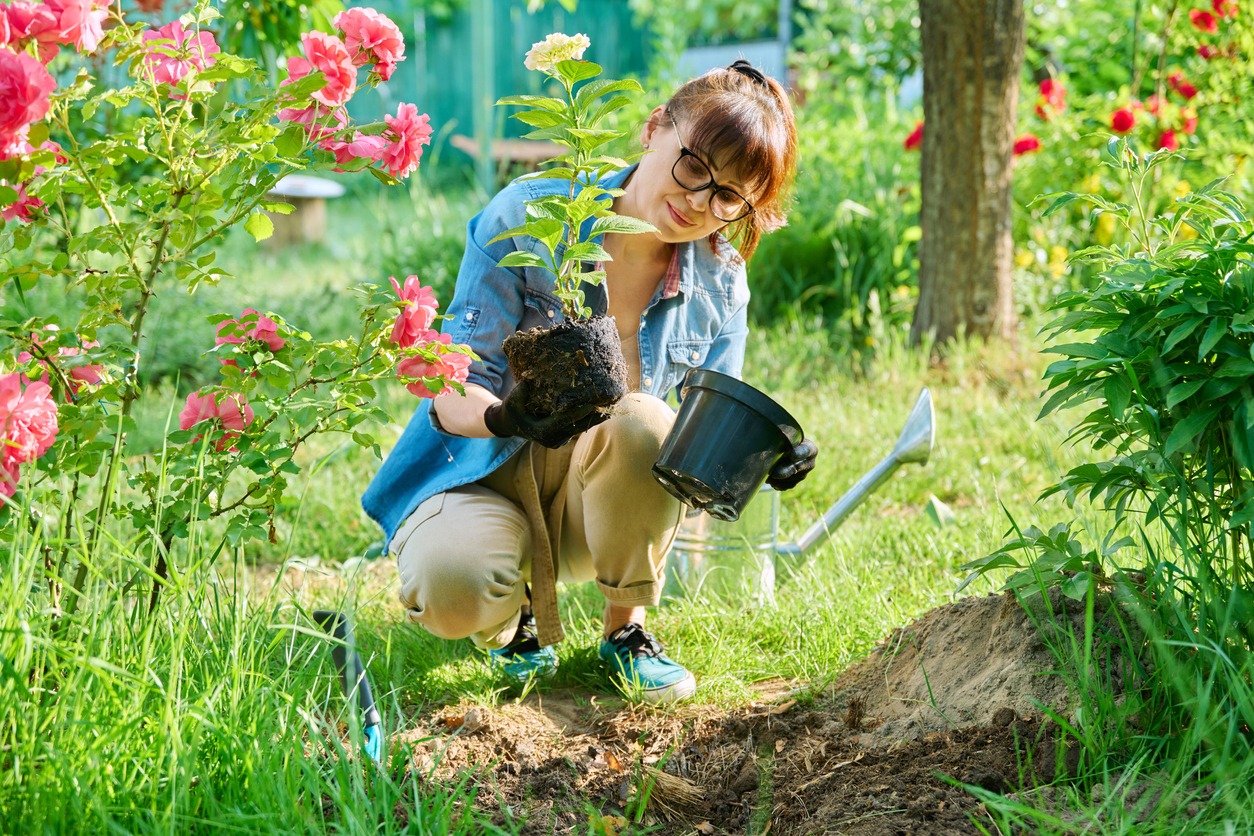
So, what’s the best approach? The truth is, there’s no one-size-fits-all answer. The best gardens strike a balance between fixed and evolving elements, combining structure with freedom. Here’s how you can do it.
1. Identify What Should Stay the Same
Certain elements in your garden provide stability and should remain unchanged. These include pathways, large trees, or hardscaping features like a patio or pergola. These are the anchors of your garden and give it a sense of continuity.
2. Embrace Seasonal Changes
While the main structure of your garden stays consistent, you can still introduce change through seasonal planting. Annual flowers, vegetables, or even temporary decorations can refresh your garden without altering its core design. This balance keeps things interesting while retaining the harmony of a fixed layout.
3. Zone Your Garden for Flexibility
Dividing your garden into zones can help you manage consistency and change. For example, you might dedicate one area to perennials and another to annuals or experiments. This way, you can enjoy the best of both worlds without feeling like you’re constantly reworking the entire space.
Pro Tip: Sketch out your garden on paper or use a garden planning app to visualize how fixed and flexible elements will interact. Seeing the layout can help you decide which areas to stabilize and which to leave open for change.
Adjusting for Environmental Factors
Gardens are deeply tied to their environment, and changes in weather, sunlight, and soil conditions can have a big impact on your layout. Being ready to adapt is key to keeping your garden healthy and productive.
1. Responding to Natural Shifts
Over time, trees grow taller, shrubs spread, and even the way sunlight hits your garden can shift. These changes might mean relocating plants or adjusting your layout to make the most of available resources.
2. Solve Problems Proactively
Issues like poor drainage or depleted soil might require you to move garden beds or even redesign certain areas. For example, if heavy rain creates puddles in your vegetable patch, switching to raised beds in a sunnier, drier spot can solve the problem while enhancing your garden’s functionality.
3. Plan for Growth
When planting new trees or shrubs, think about how they’ll look in five or ten years. Will their shade impact other plants? Will their roots interfere with existing beds? Future-proofing your garden now can save you a lot of hassle down the road.
Balancing Cost and Sustainability

Gardening is a labor of love, but it’s also an investment. Whether you’re sticking to a fixed layout or experimenting with changes, it’s important to balance your budget with sustainable practices.
1. Costs of a Fixed Layout
Fixed gardens often require upfront investments in hardscaping, irrigation systems, and permanent plantings. While these costs can be significant, the long-term benefits of reduced maintenance often outweigh the initial expense.
2. Costs of an Evolving Layout
Frequent changes mean frequent expenses—buying new plants, tools, or materials. To keep costs down, consider propagating plants, swapping seeds with fellow gardeners, or reusing materials like old bricks for edging.
3. Gardening Sustainably
No matter your approach, prioritize sustainability. Composting, using organic fertilizers, and choosing native plants are all simple ways to reduce your garden’s environmental impact while keeping it beautiful.
Your Garden as a Reflection of Growth
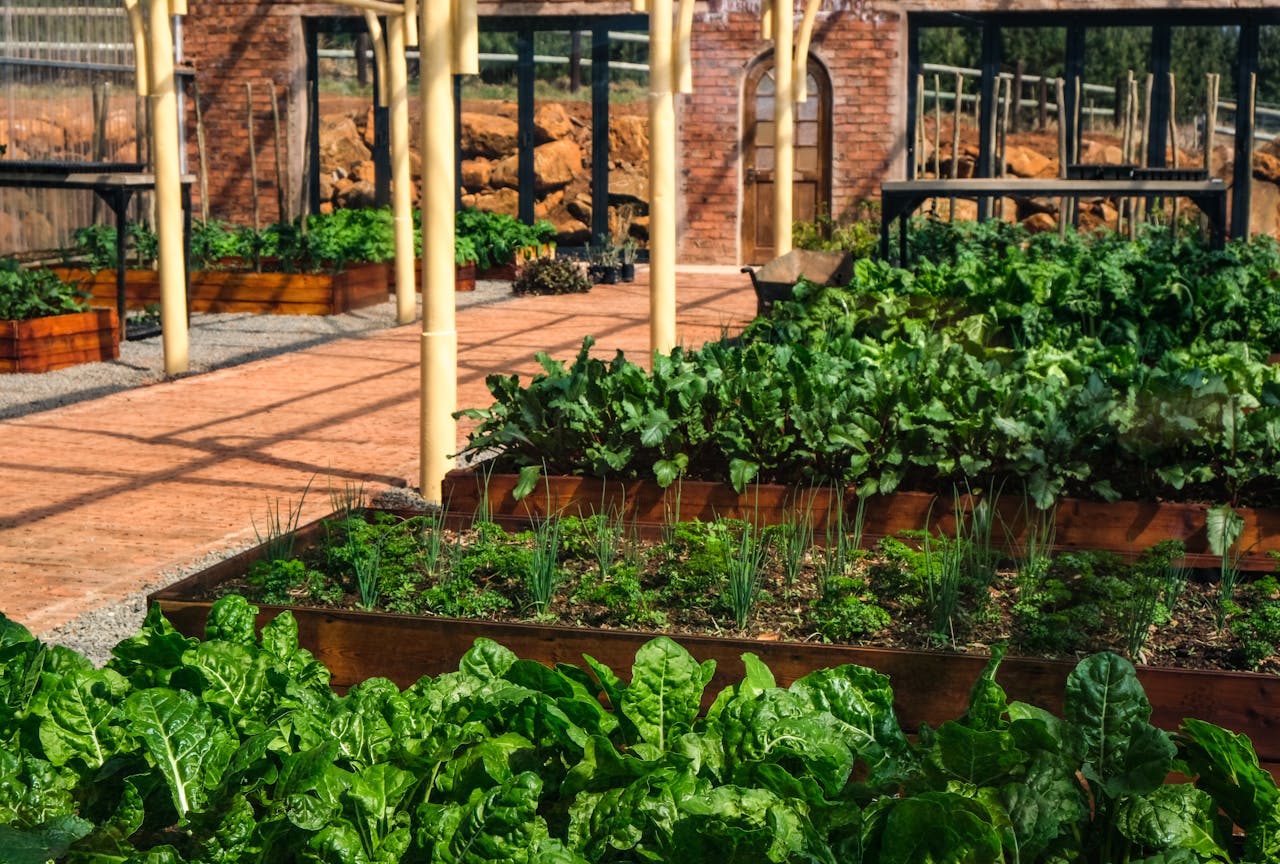
A garden isn’t just a patch of land—it’s a reflection of its gardener. As you grow and change, your garden can grow with you, mirroring your journey and evolving interests.
1. A Personal Touch
The plants you choose, the way you arrange them, and the features you add all tell a story about who you are. Whether it’s a wildflower meadow that reflects your free spirit or a neat row of herbs showcasing your love for cooking, your garden is uniquely yours.
2. A Place to Experiment
Gardening is an ongoing learning process, and each season brings new opportunities to experiment. Try something bold, like growing a plant you’ve never heard of, or make subtle tweaks, like rearranging pots for better sunlight. The beauty is in the journey.
3. A Source of Joy
Ultimately, a garden should bring you joy. Whether it’s the satisfaction of seeing a fixed layout come to life or the excitement of experimenting with new designs, let your garden be a place where you feel connected—to nature, to your creativity, and to yourself.
Conclusion
In the end, whether your garden sticks to one layout or evolves over time, the most important thing is that it works for you. A balance between fixed elements and flexibility allows your garden to thrive while staying true to your vision. It’s not just about planting flowers or vegetables; it’s about creating a space that reflects who you are and grows with you. So go ahead—plan your garden, embrace the changes, and enjoy every step of the journey.

